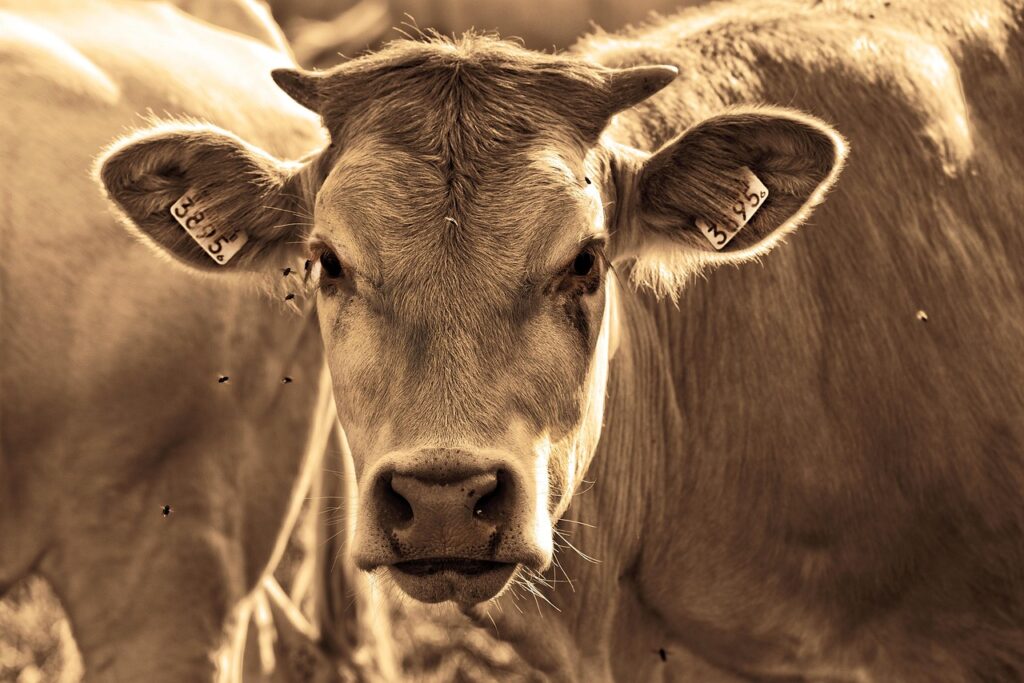Beef prices in the United States have soared to historic highs, turning a basic grocery staple into a political flashpoint. Donald Trump, who once insisted inflation was “dead,” now faces criticism as soaring beef costs threaten his promise to make groceries more affordable. This week, he urged ranchers on social media to lower cattle prices. But his demands — and other policy ideas from his administration — have sparked anger among ranchers, who warn the measures could hurt small producers while doing little to reduce prices for shoppers.
Declining herds tighten supply
The US cattle industry has been shrinking for decades. Domestic beef supply has dropped while demand remains high, pushing prices higher. The national herd is now at its lowest level in nearly 75 years. Since 2017, more than 150,000 cattle ranches — a 17% decline — have disappeared, according to the Agriculture Department.
Ranchers blame a few powerful meat processors for squeezing their profits. Rising costs for feed, fertiliser, and equipment have made survival harder. Years of drought have forced many to reduce their herds significantly.
In Illinois, rancher Christian Lovell said pastures that were once lush are now dry and cracked. “You put all these together and you have a recipe for a really broken market,” said Lovell, who works with the advocacy group Farm Action.
Beef prices outpace overall inflation
Retail beef prices have climbed far faster than overall food inflation. Ground beef rose 12.9% in the past year, and steak prices jumped 16.6%, according to federal data. A pound of ground chuck now costs $6.33, up from $5.58 last year. General food inflation stands at just 3.1%.
“The cattle herd has been shrinking for years, yet Americans still want that beef,” said Brenda Boetel, an agricultural economist at the University of Wisconsin, River Falls.
Derrell Peel, a professor at Oklahoma State University, predicts high prices will last until at least the end of the decade. “Rebuilding herds takes years,” he said, adding that the administration has few tools to lower prices quickly.
Import proposal angers ranchers
The Agriculture Department announced plans to boost domestic beef production by opening grazing land and supporting smaller meat processors. But Trump’s separate plan to import more beef from Argentina — potentially quadrupling purchases — sparked outrage among ranchers.
Eight House Republicans sent a letter warning the White House that the import plan could devastate domestic producers. Even the National Cattlemen’s Beef Association, usually supportive of Trump, said it “creates chaos for producers while doing nothing to lower grocery prices.”
Trump defended his plan, citing tariffs that restrict imports from Brazil. “They have to get their prices down,” he wrote. “The consumer is a very big factor in my thinking.” His comments, however, did little to calm ranchers’ frustration.
Justin Tupper, president of the US Cattlemen’s Association, said the proposal would primarily benefit major meat processors. “I don’t see that lowering prices here at all,” he said.
Corporate dominance drives the market
Experts argue the main problem lies in four companies — Tyson, JBS, Cargill, and National Beef — which control over 80% of US beef processing.
“These are consolidated markets gouging ranchers and gouging consumers,” said Austin Frerick, an agricultural and antitrust policy expert at Yale University.
The companies face multiple lawsuits, including one from McDonald’s accusing them of colluding to inflate prices. Earlier this year, Trump repealed a Biden-era order designed to curb corporate consolidation in food. Despite this, his administration has launched new investigations into competition in agriculture.
Ranchers see a fragile future
In Kansas, rancher Mike Callicrate survives by selling beef directly to consumers, bypassing middlemen. But most ranchers cannot afford that approach. Many have already left the industry and see little incentive to return.
“We’re not going to rebuild this cow herd — not until we address market concentration,” Callicrate said. He supports opening more grazing land but warned, “Without a fair market, you’re a fool to get into the cattle business.”
Bill Bullard, head of trade group R-CALF USA, closed his 300-cow ranch in South Dakota in 1985 as consolidation spread. He said ranchers have only recently seen higher prices because tight supply forced processors to pay more.
Still, Bullard said imports and corporate control continue to undermine confidence. “Trump is focused on the symptoms, not the problems,” he said.
As beef prices continue to climb and small ranches disappear, Trump faces a critical test: can he lower grocery costs without alienating the producers who form the backbone of America’s cattle industry?


